


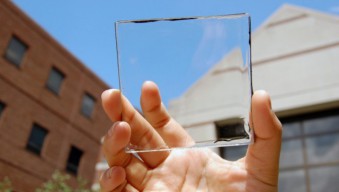



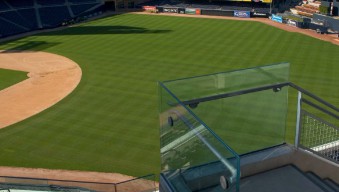

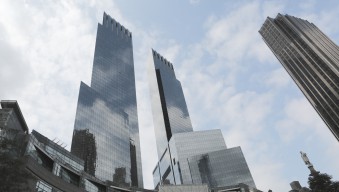


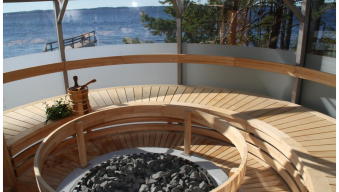

Once again, over 500 glass professionals gathered in Tampere, Finland, to celebrate glass. After many workshops and excellent presentations, I am excited to see the ambition level of glass industry professionals on the rise once again. If nothing else, the Glass Performance Days reminds us that glass is a material that can truly do it all.
And as a brief reminder, I compiled five design trends that caught my attention.
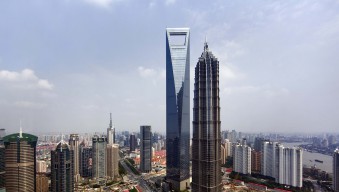
From time to time, I get a question from the glass structural engineers about specification advice on glass quality for high-profile facades. How they can make sure they will get the best possible or most suitable glass quality for their project? Many times, the question is: what is the best I can realistically get from the market?
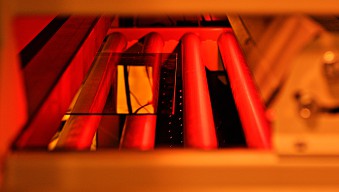
Energy savings in your tempering process goes directly to your bottom line. How can you minimize your tempering line energy consumption? (Part 1/2)
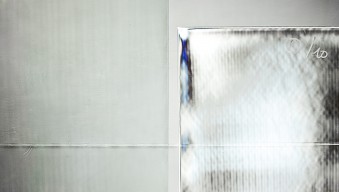
One of the most burning topics in the glass industry is whether anisotropy is a defect or not? The industry is puzzled because of a lack of standardization. What can we do?
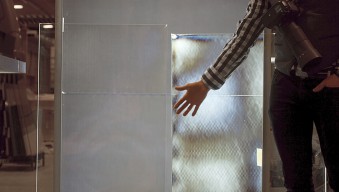
Markets demand increasingly more quality from glass suppliers. Sometimes, you can see weird strain patterns or rainbow-colored streaks in the glass, especially when viewed at a close angle and in polarized light. This is called glass iridescence. And here’s how to get rid of it.